HERE WE GO! All the Roborock S7 Max Ultra review: Features, Roborock App, Testing and What We didn’t like!
Roborock S7 Max Ultra Features
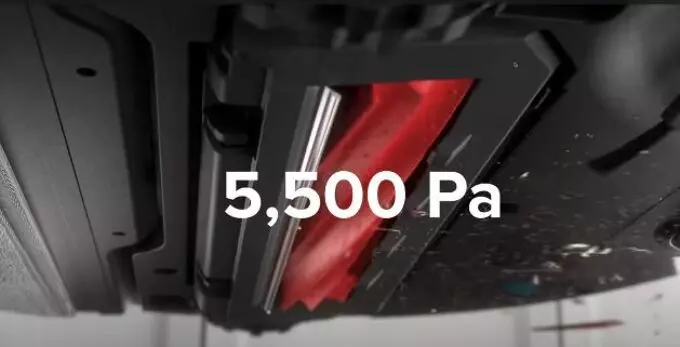
On a basic level, the Roborock S7 Max Ultra is a vacuum robot that also mops your floor, but there’s a lot of tech in this product. On the vacuuming aspect, it has 5,500 pascals of suction power, which is quite impressive, and a rubber brush that minimizes hair tangling. But the more interesting tech comes in the mopping part. Roborock S7 Max Ultra uses Sonic mopping to vibrate the mopping pad at around 3,000 times per minute and applies downward force to kind of mimic scrubbing and to more easily get rid of those stubborn stains.
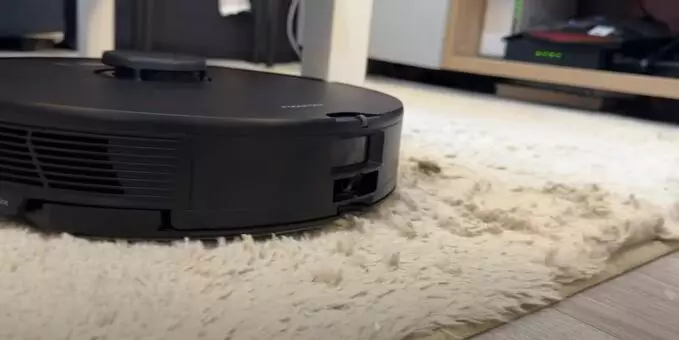
But not only that, the robot has the ability to automatically detect whenever it’s on a carpeted surface, and it does two things. The first thing it does is that it boosts the vacuum suction power to the maximum so that it can more easily suck out anything on the carpet. But more interestingly, it also has Auto Mop Lifting, which raises the mopping pad so that it does not touch the carpet and get it all wet. With this feature, you can send out your robot to clean your entire house without worrying about carpeted surfaces and hardwood floors. It just goes in one run and takes care of everything.
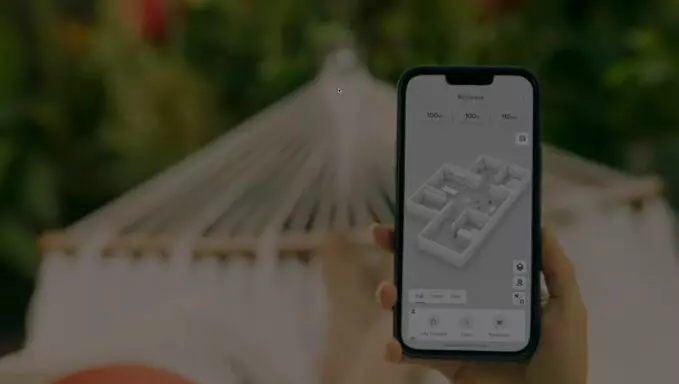
For navigation, the robot uses Lidar, which is the same technology that self-driving cars use to precisely map your house and avoid obstacles, essentially getting stuck. Now, the impressive technology does not end there. There’s even more of it in this docking station, and as you can see, it has three compartments. The first one houses a vacuum bag, the second one is a water reservoir which you fill with clean water, and the third one is a dirty water tank.
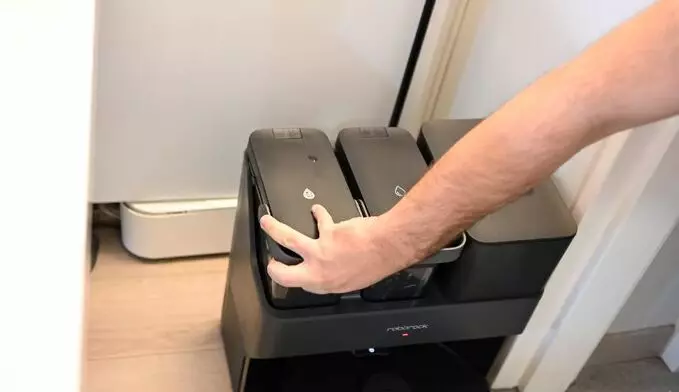
And here’s where things get even more interesting. Once the robot is done cleaning your house, it goes back to the dock for charging. But before it starts charging, it does a couple of interesting things. The first thing it does is it cleans the mopping pad, starting to wash the mop. It uses water from the fresh water tank, but also it has a component that actually scrubs the mopping pad to clean it thoroughly. Then, it flushes all that dirty water and sucks it up into the dirty water tank. You’ll see how that performs in my cleaning tests in just a bit.
Once it cleans the mopping pad and flushes the internal system and then sucks out all the dirty water into the dirty water tank, it then automatically empties the dust bin on the robot itself into that vacuum bag. The nice thing here is that instead of having to empty this manually every time or every other time, the vacuum bag lasts 1 to two months depending on how frequently you use your robot. So you don’t have to worry about doing that yourself except once every month or two.
The dock also refills the internal water tank on the robot itself with fresh water from the reservoir. And when everything is done, it actually dries the mopping pad with hot air to avoid bad odors and mildew buildup. What more can you ask for from an autonomous, self-cleaning, self-drying, self-emptying, refilling vacuum and mopping robot?
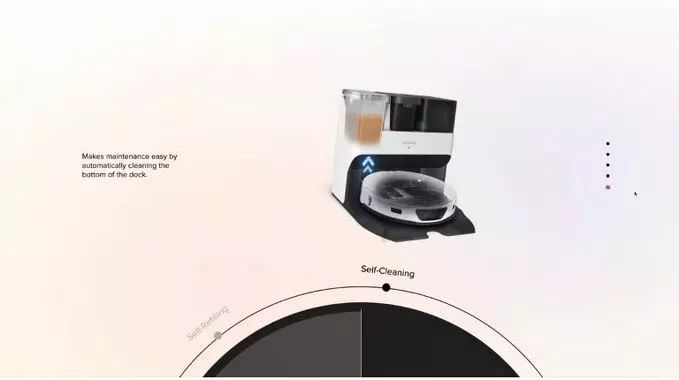
But does it actually deliver? Does it work well? And yes, it does. we was pleasantly surprised, and We will show you in just a sec with my cleaning tests. But before we get there, another impressive thing that we really liked about this is the application.
Roborock App
The Roborock app is very well-built, but also it allows a lot of customizations, and you can set a lot of different settings. Let me walk you through the app. The first time you launch the Roborock app, you’re going to want to add the robot. Just click on the plus icon on the top and simply scan the QR code on the robot itself. A quick warning over here: if your Wi-Fi password includes any special characters, remove those.
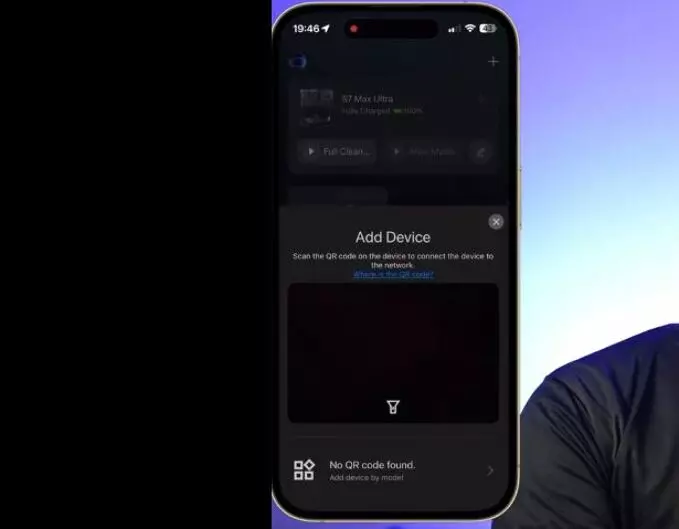
The first time we tried to connect a robot, it refused to connect, and it took me over an hour of trying a thousand things to get it to connect. Eventually, we learned that for some reason, Roborock does not like special characters in your Wi-Fi password. Ironically, the RooboDiet Pro from Roborock was already connected to my Wi-Fi password which had special characters. We’re not sure why the S7 Max Ultra does not like special characters, but make sure to remove them before you connect. Also, it has to be a 2.4 GHz network, as it does not support 5 gigs.
Once you add that the first time, you send your robot out. It will make a scan of your home and then create a map. Once the map is created, you can rename the rooms. So, We have renamed this as the living room, this is the bedroom, there’s a bathroom over here, and the kitchen. You can create no-go zones—places where you don’t want it to go, places to avoid. You can merge rooms, etc. This is the 2D version of the map, but you can also display the map in 3D, which is quite cool. And then you also have a matrix mode, which uses the Lidar sensors on your phone to create a matrix of your house.
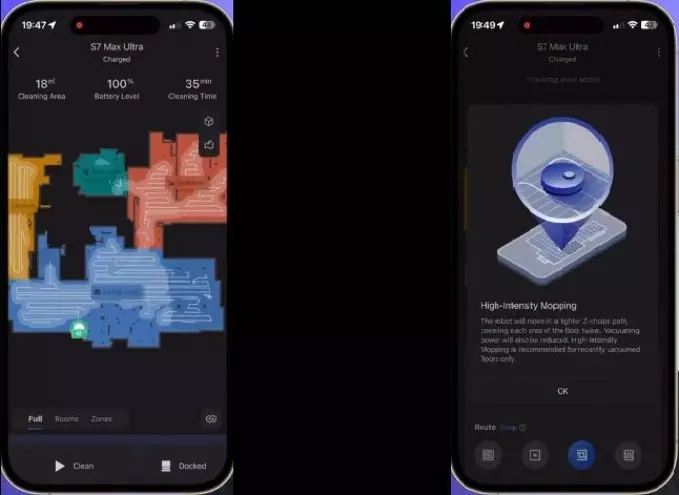
Personally, we did not find any utility in that. we mostly keep it on the 2D mode. You can, of course, do a full house clean or specific rooms, where you select, let’s say, the living room and the kitchen. Or you can also select a zone and draw that zone on your map app and ask the robot to clean that. But you can also customize a couple of other things, including if you want it to vacuum and mop, mop only, vacuum only, or customize, which We will get to in a second.
Within the vacuum and mop, you can also customize the suction power from maximum to turbo to balanced to quiet. You can also customize the scrub intensity, water flow, from mild, moderate to intense. And if you wanted to take a step—standard drought or a fast drought. Though ironically, when we ran a test on the fast drought, it took almost the same amount of time as a standard drought.
So We’re not sure what’s happening there. And then under mop only, if you don’t want it to vacuum but simply mop, you can, of course, do mild water flow, moderate, or intense. There’s also the fast route, standard route, or a deep route, which goes over the same area twice, giving you a deeper clean. And then there’s D+, which essentially is the same, but the robot travels at a slower pace. It makes less noise.
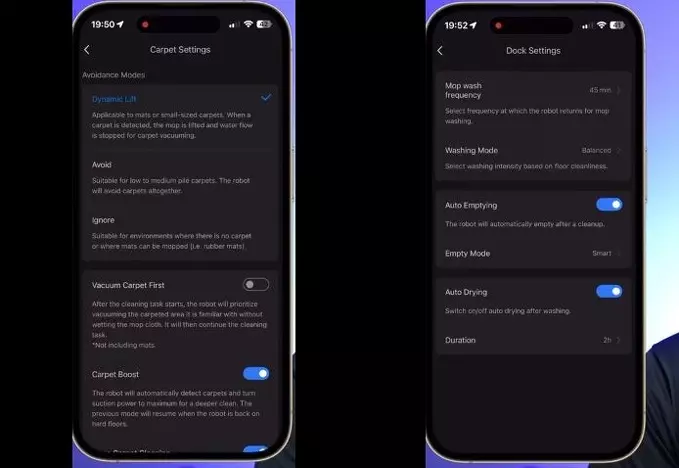
You can also vacuum only and again, select the suction power. An interesting one is customize. So when you do customize, you can customize, first of all, the sequence. Do you want it to start with the living room, but also if you want it to only vacuum the living room with turbo suction power and then go to the bedroom and then do vacuum mop with balanced power and moderate scrub intensity and water flow, and then go to the kitchen and then mop only with intense and deep route, you can do that. we found that quite nice.
And then when it is in the dock, you can also manually click on empty to empty everything in the dustbin, to wash the mopping pad, or to launch the drying cycle. All of these are done automatically once it goes back to the dock, but you can also manually trigger them.
Now We’re going to show you a couple of the settings which you can customize. There are schedules if you want to create a schedule for it to run on a regular basis. You can activate reactive obstacle avoidance and less collision mode, as we talked about before. And then under carpet settings, there’s a couple of interesting things here.
You can select dynamic lift, so if it detects a carpet, it will lift up the mopping pad. Or you can tell it to avoid carpets altogether. Or if you have carpets that are waterproof, you can say ignore them. Then it will mop your carpets as well. You can toggle carpet boost on and off, which, as we said, will kick the vacuum into maximum suction mode. And you can activate deep carpet cleaning, which will do a separate run of your carpets after the initial run is done.
Under floor cleaning settings, you can tell the robot to clean along the floor direction. That’s more useful if you have hardwood floors. So if you want to clean along the grain, you can set that over here. Under dock settings, you can select mop wash frequency, and this tells the robot how often to go back to wash the mop throughout the cleaning cycle.

And you can customize that between 10 minutes and 50 minutes. we had it set at 45 minutes because we don’t really need the mop to be cleaned throughout the cleaning run. You can select the washing mode between light, standard, and deep. You can enable or disable auto-emptying and again, select between smart, which lets the robot decide what mode to use, or light, balanced, and max. And you can toggle auto-drying on or off and select the duration between 2, 3, or 4 hours.
Now, there’s a couple of other things We’re not going to walk you through the entire app, but one last thing we wanted to show you is something called Pin and Go, which was quite nice. It pulls up a map of your house, and then you can drop a pin where you want the robot to go and then tell it to go there and initiate a spot clean to clean that particular spot.
Roborock S7 Max Ultra test
Navigation test
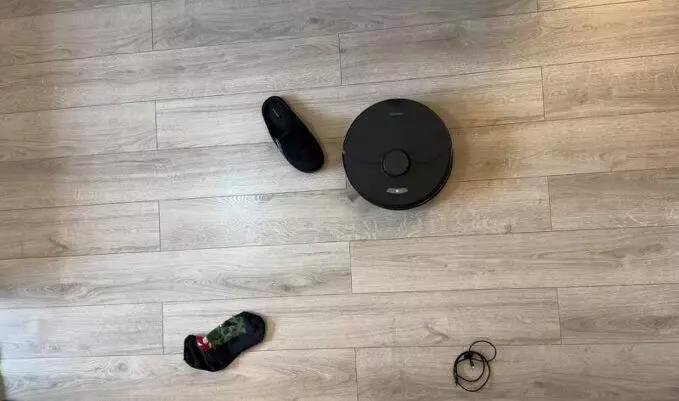
Now let’s run this robot through a couple of tests, starting off with navigation. As we said, it uses sensors, lasers, and Lidar to precisely map your house and navigate and avoid obstacles. And as you saw in the app, you can activate obstacle avoidance. In this test, you can see it clearly avoids the socks and slippers on the floor.
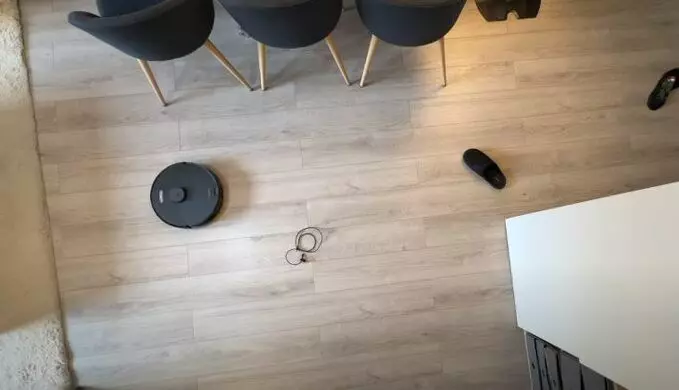
However, it does not quite recognize the charging table on the floor, so it just drags it with it. However, what we found quite interesting was the obstacle avoidance, and in this particular instance, while the robot was moving forward, we just threw my slippers at it, and almost instantly, as you can see, it detected that obstacle and just moved around it. We have used this robot for several days, and it has not gotten stuck a single time. So it has always managed to navigate without getting stuck, which is one of the more important things you want in a robot vacuum.
Vacuum Suction test
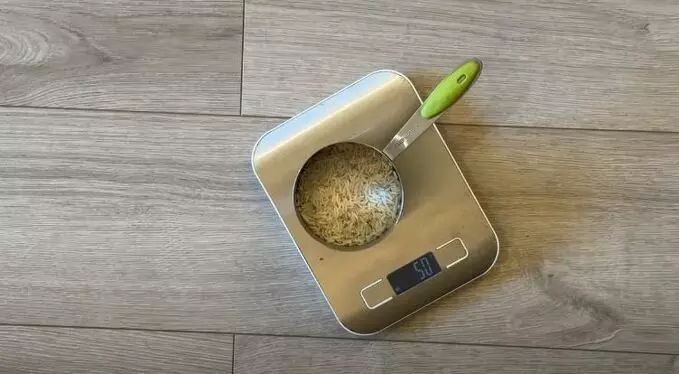
To measure the vacuuming effectiveness, we measured 50 grams of rice and scattered them all over the floor. we sent out the robot to clean, and then when it was done, we emptied its dustbin and measured how much of that rice it was able to capture. And as you can see, it actually captured 50 grams.
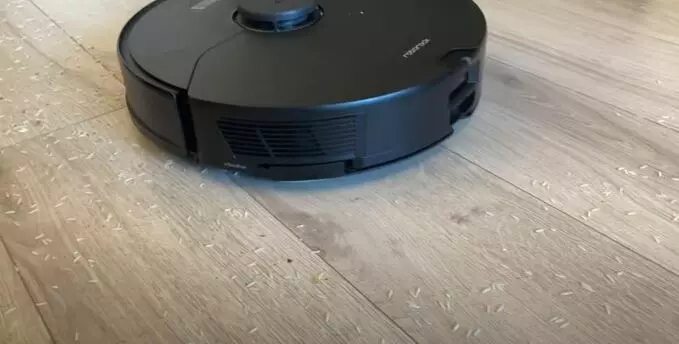
So it was able to vacuum all of the rice on hardwood floors. But more interestingly for me was the mopping tests. For that, we did some stress tests. It’s not something you probably will encounter in your day-to-day cleaning.
Mopping test
So what we did, we spilled some coffee on the floor, and we also put ketchup, and we let them both dry out over 12 hours. For the coffee, we put a thin layer of coffee, but then just for the heck of it, we also put a thick layer of coffee just to see if the robot is able to clean that or not.
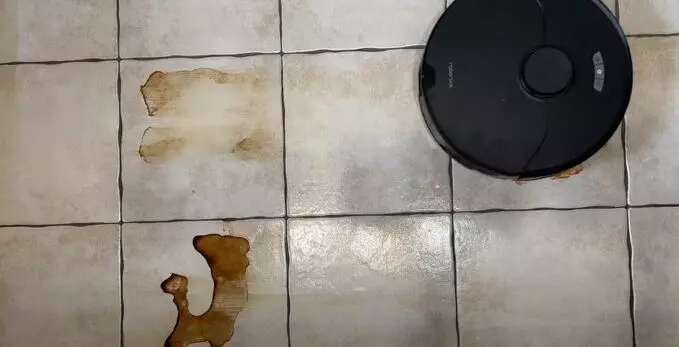
And we sent the robot to clean that floor. These robots are not meant for deep cleaning your house but rather for your daily routine cleaning. But we was curious if it’s going to be able to clean those stains out or not. And to my surprise, on that first cleaning run, it actually got all of that thin layer of coffee out and some of the thick layer and the ketchup, which are quite tough stains.
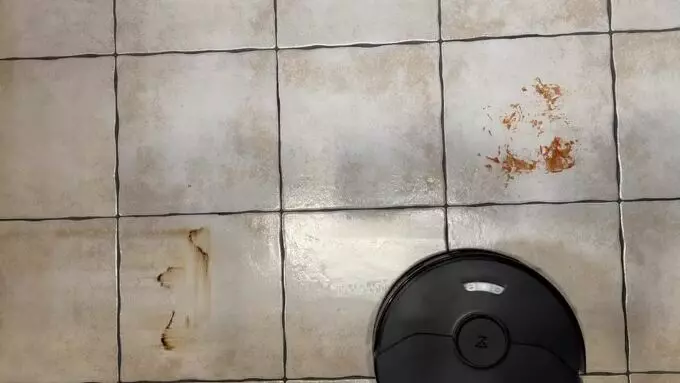
Now the robot has no way of telling if there’s a stain that’s left on the floor or not. All it does is it ensures that it covers 100% of the area and goes over that at least once. After it did that, it had ended its run and started heading back to its dock to charge. And of course, the tougher stains were still there. So just to see, can we force the robot to clean them and will it actually get them out? we manually set a zone for it to clean this entire area again. It took a while, but after some time, it got both stains almost completely out, and we was quite impressed with that. we did not expect it to be able to get those out. So We’re happy to see that this Sonic mopping actually works.
Mop pad cleaning
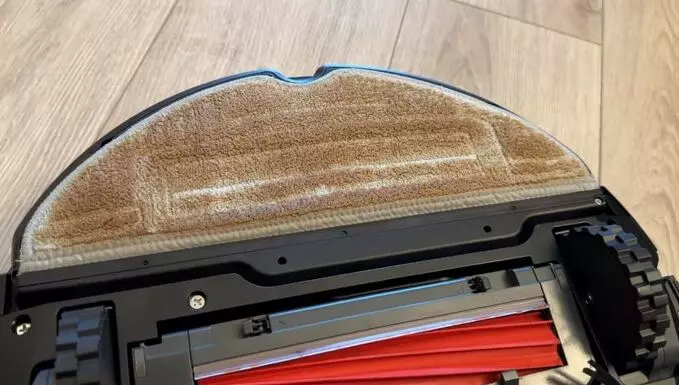
Another pleasant surprise was the mop pad cleaning. Now again, we had seen the animations on the Roborock website on how it scrubs the mopping pad, but we was a bit skeptical about that. So after it was done cleaning the coffee stain and the ketchup, the mopping pad was, of course, quite dirty, as you can see. we had the docking station clean the mopping pad, and this is how it looked like after the cleaning session. And again, we was pleasantly surprised, as you can see. And it almost cleaned it too well. So that was another impressive point.
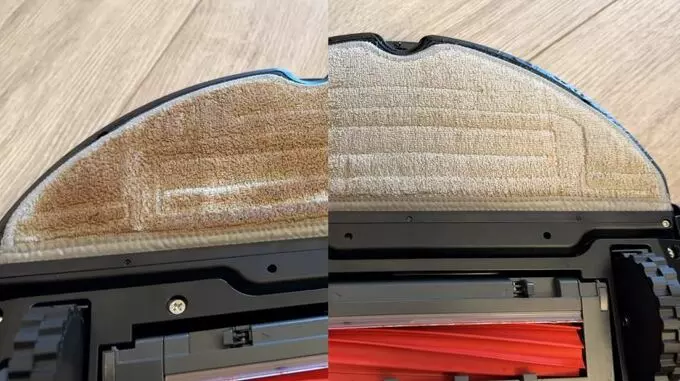
Mop drying
A third point we was a bit skeptical about was the mop drying. Now, we do have the RooboDiet Pro, which is an excellent wet and dry vacuum cleaner. And we also did a review of that. If you’re interested, click here to check that out. In that review, we realized that although Roborock advertises hot air drying, it actually does not use any hot air drying on that model but simply blasts cool or room temperature air to dry the mopping pad, which results in the mopping pad on the RooboDiet not being effectively dried even after five or 6 hours of operation.
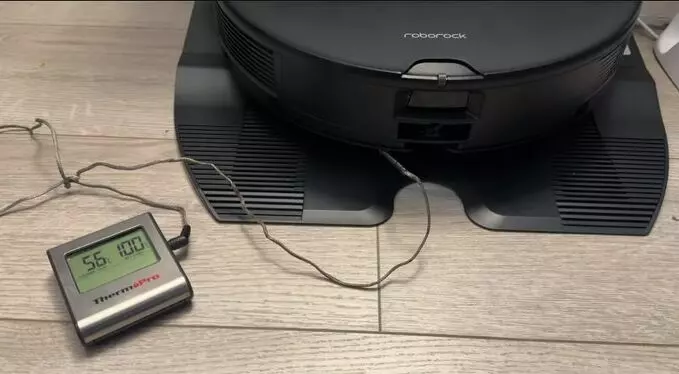
So we was a bit skeptical if this is the same on the Roborock S7 Max Ultra or not. And to my surprise, it was not. It actually uses hot air, as you can see. we clocked this at about 55°C. By default, it’s set for a 3-hour duration for the drying cycle, and we found that it actually dries out almost entirely after only 2 hours.
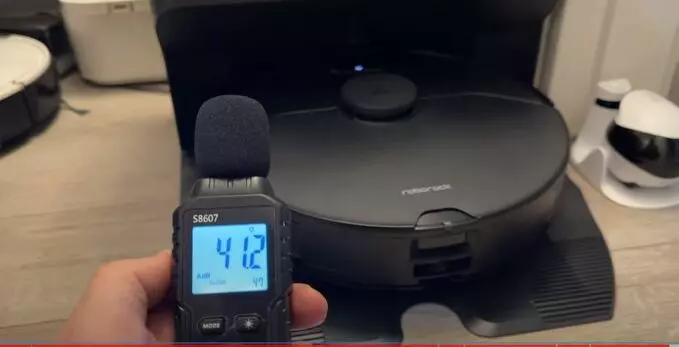
So, we ended up changing the cycle to 2 hours, and we got the mop at about 95% right out after only 2 hours. The drying is also fairly quiet, so unless you have the unit right next to you, you barely hear it. Even when it’s right next to you, it’s just a faint sound of a fan operating—nothing too disturbing. Effectively, it’s only for 2 hours, which is really nice. The battery lasts for an impressive 180 minutes. If it does run out of juice while it’s on its cleaning run, it will go back to its dock to charge and then go back out to continue its cleaning.
Amazon link: https://www.amazon.com/dp/B0BVB6JKMX
Read more: Dreame L20 Ultra: The Best Robot Vacuums for 2024
What We didn’t like
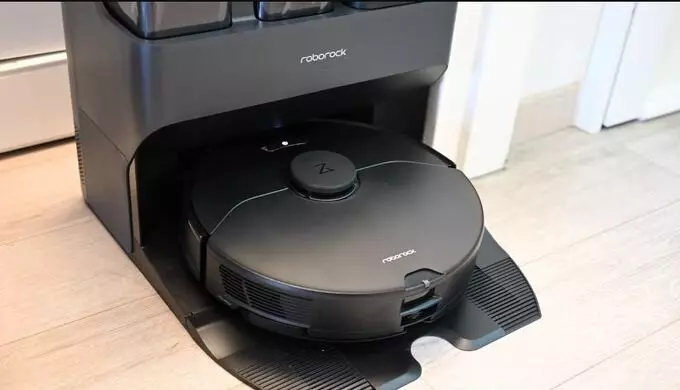
So, all in all, do we recommend this? we absolutely do. There are a few things that we did not like, but none of them are deal-breakers by any means. The first thing is while it’s really nice you can control the robot by voice commands using Siri, Google Home, or Alexa, unfortunately, we found those voice commands are not that smart. At least with Alexa, you can ask it to clean the entire house or selective cleaning, so you can ask it to clean the bedroom, the kitchen, or living room.
You can ask the robot to go back to its base or to its dock for charging, and to pause or stop cleaning. But that’s about all you can do. we would have hoped if there were a little bit more options where you can ask it to vacuum only your floors or mop only or do both, or even to vacuum the carpets only since it knows where there are carpets. But it’s not a deal-breaker, and maybe hopefully in the future, this is something that they could add.
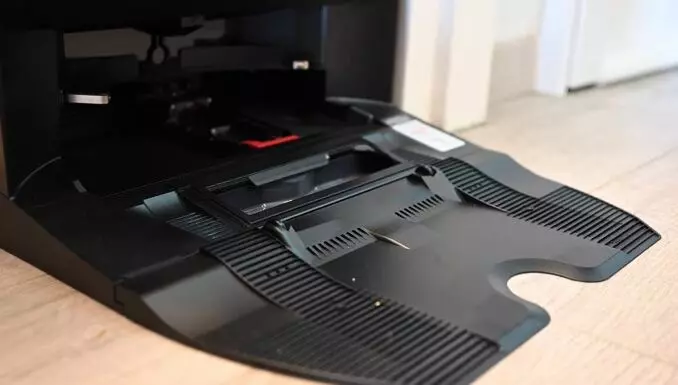
The third thing we did not like: the water reservoir on the robot itself is not removable. You don’t even have access to it, which again, is not a major thing, but it would have been nice if it was removable or at least you had access to it so that you can maybe see when it’s full or not, or if you want to manually empty the water reservoir, to be able to do that. As far as we can tell, there’s no way to manually empty it at this point.
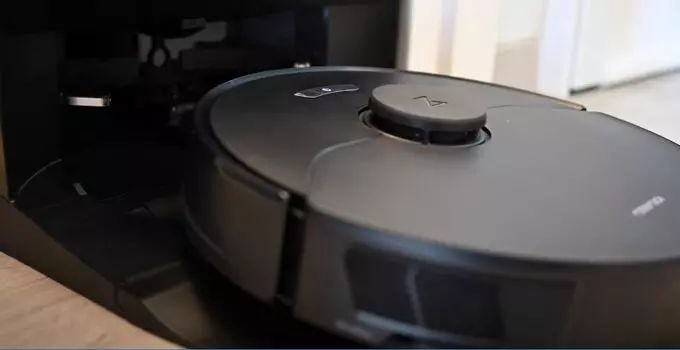
The last thing, which is we guess inevitable, but when it goes back to the dock to empty the dustbin, it’s quite loud, as you can see. But that’s probably inevitable. So if you’re looking for a robot vacuum cleaner that’s smart, has the ability to mop your floors as well, we definitely would recommend the S7 Max Ultra.
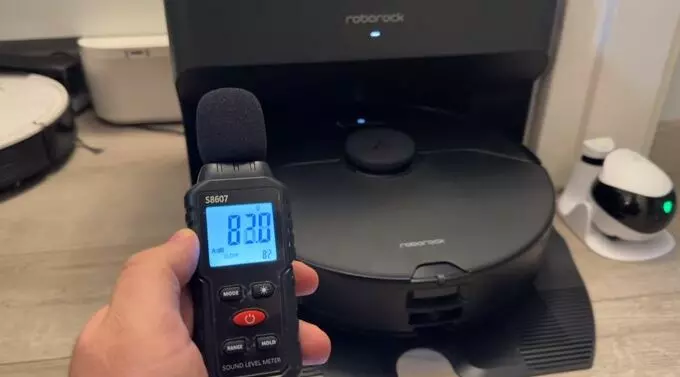
Now, this is not Roborock latest robot vacuum cleaner; that’s actually the Roborock S8 Pro Ultra. But that one is a couple of hundred more expensive than the Roborock S7 Max Ultra. Yes, it does have a few improvements, like it has 6,000 pascals of suction power instead of 5,500. It has dual rolling brushes instead of one brush. It has the ability to lift the mopping pad but also the roller brush. So, a couple of improvements, but in my opinion, not worth the several hundred extra price tag.
For me, we definitely do recommend the S7 Max Ultra if you’re looking for a smart robot vacuum cleaner that can both mop and vacuum your floors, that also has a docking station that minimizes almost to a maximum the amount of manual work you need to do each time. Definitely recommended.